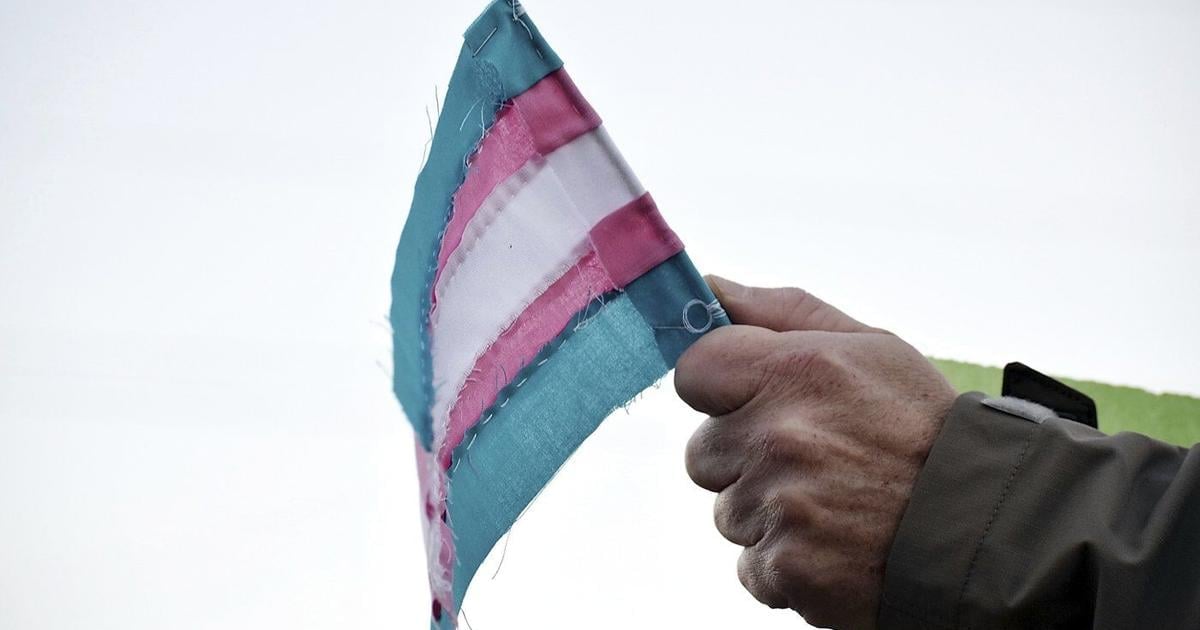NEW YORK (AP) — In 2022, New York City’s jails commissioner, Louis Molina, issued a dire warning to local lawmakers: fentanyl was pouring into Rikers Island through the mail, he said, spurring an overdose crisis among the jail’s detainees and putting guards at risk.
As evidence of the insidious threat, Molina passed around a child’s drawing of a reindeer, one of hundreds of seized items he said had been “literally soaked in the drug and mailed to people in custody.”
But that claim was based on faulty drug-testing kits with a stunning 85% false positive rate, according to a report released Wednesday by the city’s Department of Investigation. The report found the city vastly overstated the prevalence of fentanyl sent by mail to detainees.
When investigators retested 71 pieces of mail initially flagged by field tests as containing fentanyl, only 10 actually showed traces of the drug. The drawing of a reindeer highlighted by Molina was fentanyl-free.
Field tests indicating an influx of fentanyl-laced mail to Rikers Island fueled a yearslong campaign by Mayor Eric Adams’ administration to bar people in city custody from receiving physical mail.
As a replacement, city officials proposed redirecting mail to an offsite vendor, who would then upload it digitally for the incarcerated person to read on a tablet — a practice used in other correctional systems, including New York’s state prisons. So far, the proposal has been blocked by a jail oversight board.
Jocelyn Strauber, the commissioner of the Department of Investigation, said the city should reassess its ongoing effort to bar detainees from receiving mail, given the report’s findings.
“The field tests don’t support a concern that a high rate of fentanyl-laced objects are coming in from the mail,” she told The Associated Press. “To the extent policy determinations are based on flawed data, they ought to be reconsidered.”
Detainee advocates have long contended that drugs primarily enter the jail system via employees, who can easily smuggle them inside and sell them to gang leaders. In recent years, dozens of correction officers have been charged in multiple investigations of smuggling rings on Rikers Island.
In its report, the Department of Investigation said corrections officials had failed to implement many of the department’s previous recommendations aimed at screening staff for contraband.
In an email statement, a Department of Correction spokesperson said the agency would review the report and continue refining its testing processes. “Field tests are a tool used to quickly assess potential threats, and while not perfect, they play an important role in our safety protocols,” the statement said.
Such field tests have gained popularity in recent years alongside a spike in opioid overdose deaths nationwide, allowing law enforcement officials to bypass the lengthy lab process to determine if a substance contains narcotics.
But experts have long raised questions about the strips’ effectiveness. Under federal regulations, manufacturers are required to include language on their packaging indicating that results are preliminary until confirmed by a lab — something that rarely happens in correctional settings.
Last November, New York’s state prison system was found to have wrongly punished more than 2,000 detainees due to false positives from drug tests manufactured by Sirchie Finger Print Laboratories.
For years, the test strips used on Rikers Island, the city-run jail system, were also provided by Sirchie. But after complaints about the reliability of the tests, the Department of Correction switched to kits made by DetectaChem last April.
The review by the Department of Investigation found DetectaChem’s test strips had a false positive rate of 79%, while Sirchie’s were wrong 91% of the time.
Inquiries to Sirchie were not returned.
Travis Kisner, the chief operating officer of DetectaChem, said the company was still reviewing the report, but added: “We stand behind our product.”























